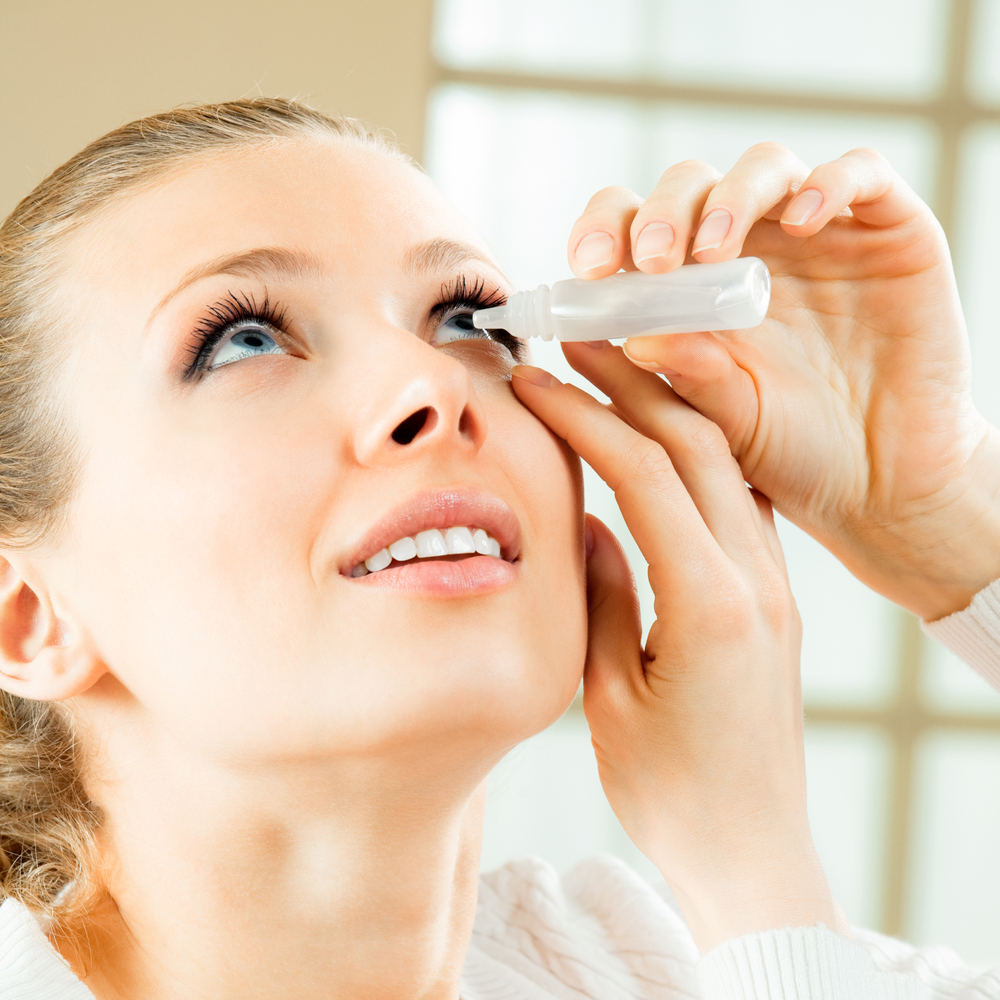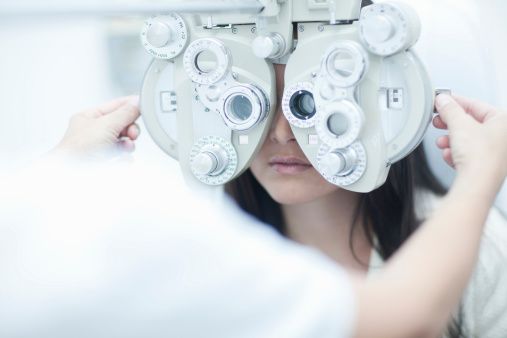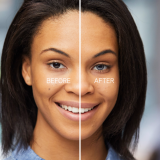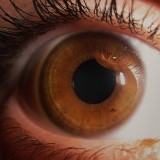Five Things You May Not Know About Color Blindness
I have this on-going fight with my husband over the color of our sofa. It is — I am quite certain– olive green. (It says so on the tag!) But, he is convinced it is gray. He sees no green in it at all.
Apparently color fights are quite common between men and women. This inspired my interest in the study of color blindness (which is a term that is actually used in an inaccurate way most of the time).
Complete color blindness is called achromatopsia or monochromacy – where someone only sees things in shades of gray. Most of the time when someone is talking about color blindness, they really mean color deficiency. In many cases they are not technically “blind” to seeing color, but rather they are unable to distinguish certain hues in the red, green, blue or yellow families.
Here are some other things that you may not know about color blindness:
1. It’s more common for men.
In fact, 8% of all men suffer from some form of color blindness. The most common form of color vision deficiency is actually encoded on the X chromosome. (Yes, I think my husband is affected at some level!)
2. Shades of Red, Green, Blue, and Yellow
are the hues that are most likely to be struggles for the color deficient person. More than 99% of color blind people are red-green color deficient. What this means is that they cannot distinguish shades of red and shades of green.
3. There are numerous other levels and types of color blindness.
Color deficiency is categorized as slight, moderate, strong, or severe. Color deficient people can fall almost anywhere in the scale from having monochromacy (where they see no colors) to dichromacy (meaning you only have two normal color receptors versus the three you should have to distinguish all colors normally), to having normal color vision.
4. Color Blind people feel handicapped.
It’s a little known fact that people suffering from color blindness, much like those with learning disorders, also feel disadvantaged in daily life activities. Matching an outfit or picking out home décor without good color vision is a challenge.
5. There is no cure, but there are some (partial) solutions.
There are lenses that can help this problem. Optometrists can prescribe special colored lenses or glasses that can help improve a color blind patient’s ability to see colors slightly better. These lenses can’t restore full color vision, but they can certainly help.
If you think you suffer from a color vision problem, call your closest America’s Best optometrist and talk to him or her about it. They have tests that you can take to figure out how and in what areas of color perception you may be struggling and, like mentioned above, they may be able to prescribe some lenses to help!
















Great write-up, I am normal visitor of one’s web site,
maintain up the nice operate, and It is going to be a regular visitor for a
lengthy time.